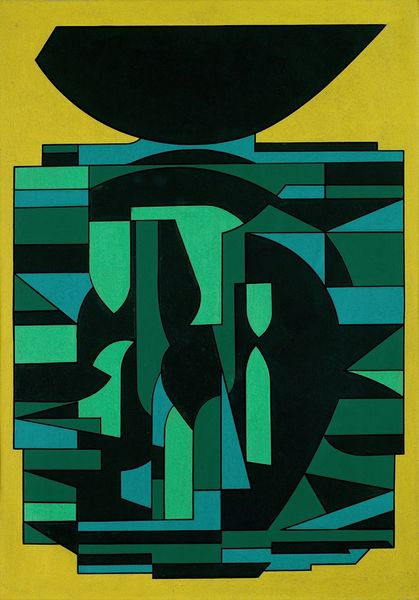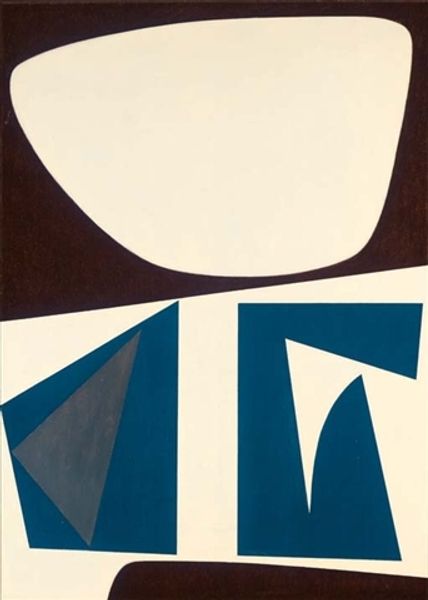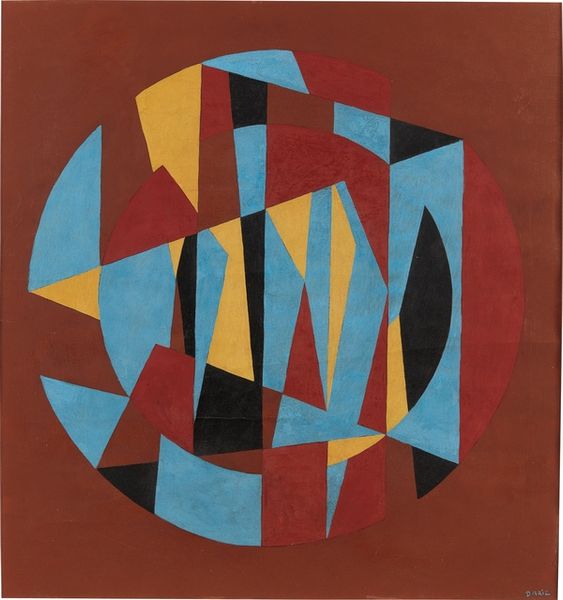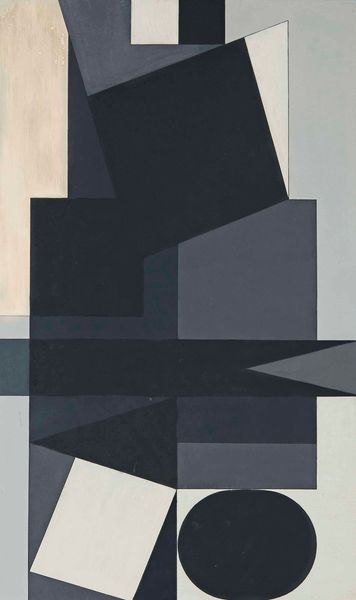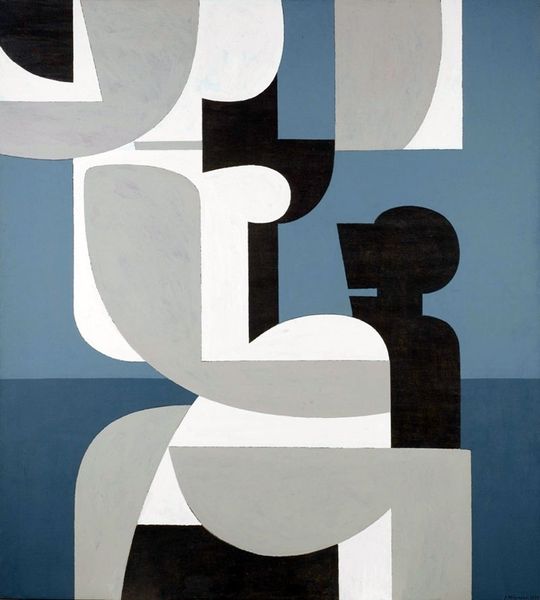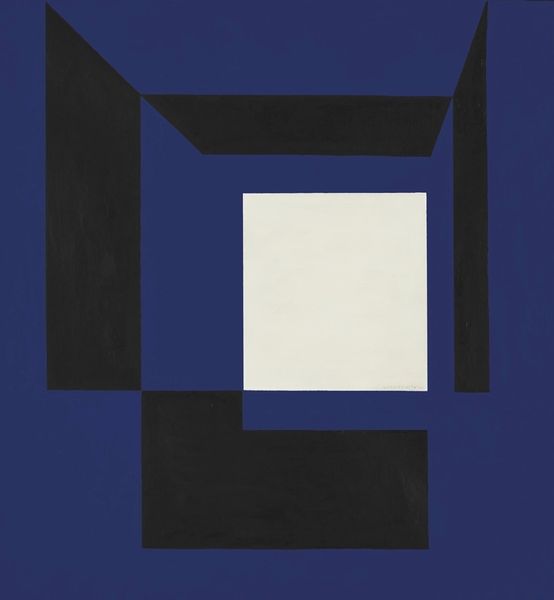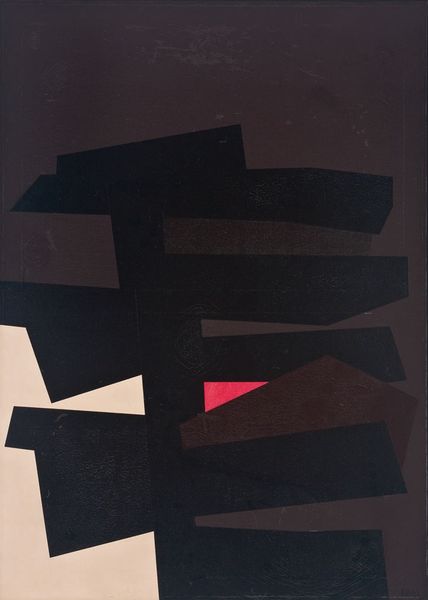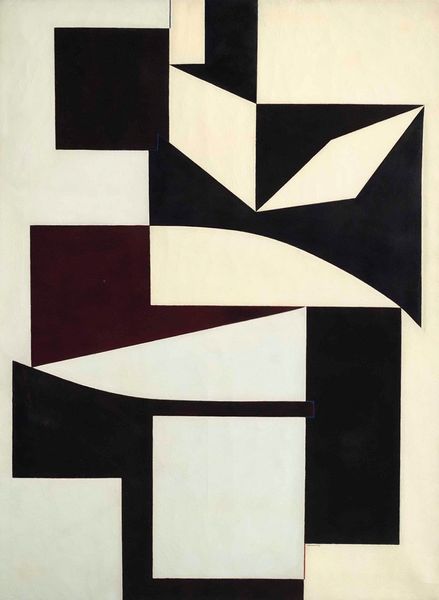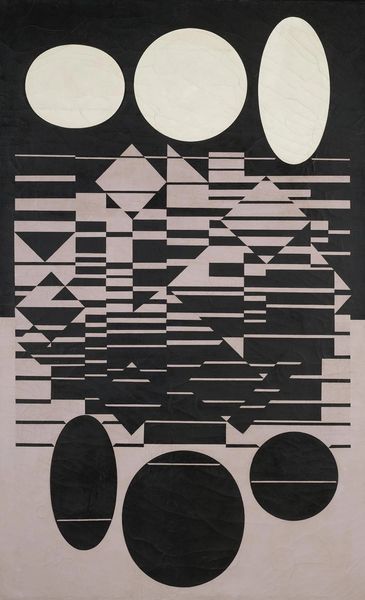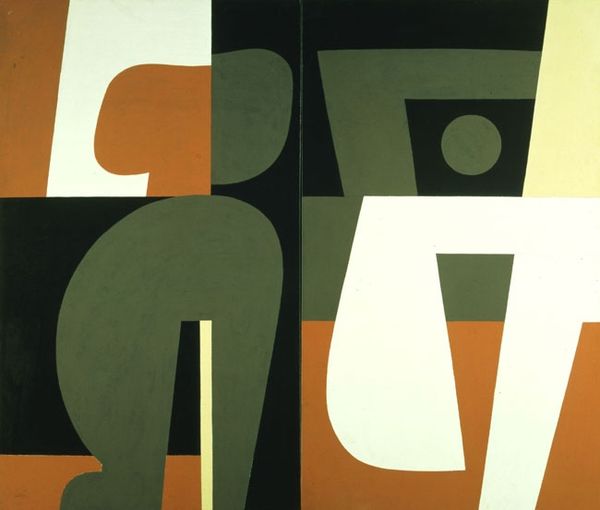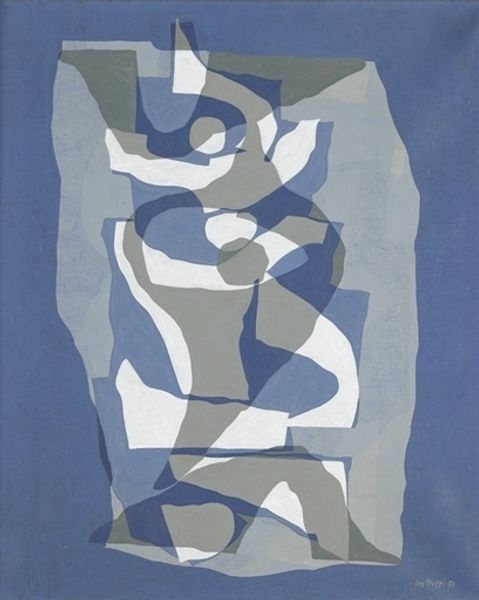
acrylic-paint
#
op-art
#
pop art
#
acrylic-paint
#
abstract
#
form
#
geometric-abstraction
#
abstraction
#
line
#
modernism
Copyright: Modern Artists: Artvee
Victor Vasarely, who was born in Hungary but spent much of his career in France, is known as a grandfather of the Op Art movement. Here, in CHADAR-II, we see Vasarely's exploration of visual perception through geometric abstraction. These abstract forms aren't just about aesthetics; they're deeply connected to the social and political landscape of the mid-20th century. Vasarely was interested in challenging traditional notions of art and engaging with a broader public. The artist once said his art was made for "everyone," not just an elite audience. This idea resonates with the utopian ideals of the post-war era, where many believed in the power of art to transform society. The repetitive, geometric forms in CHADAR-II, evoke the industrialization and technological advancements which were rapidly reshaping everyday life. This is an artwork that reflects a desire to create a universal visual language, one that transcends cultural and linguistic boundaries.
Comments
No comments
Be the first to comment and join the conversation on the ultimate creative platform.
